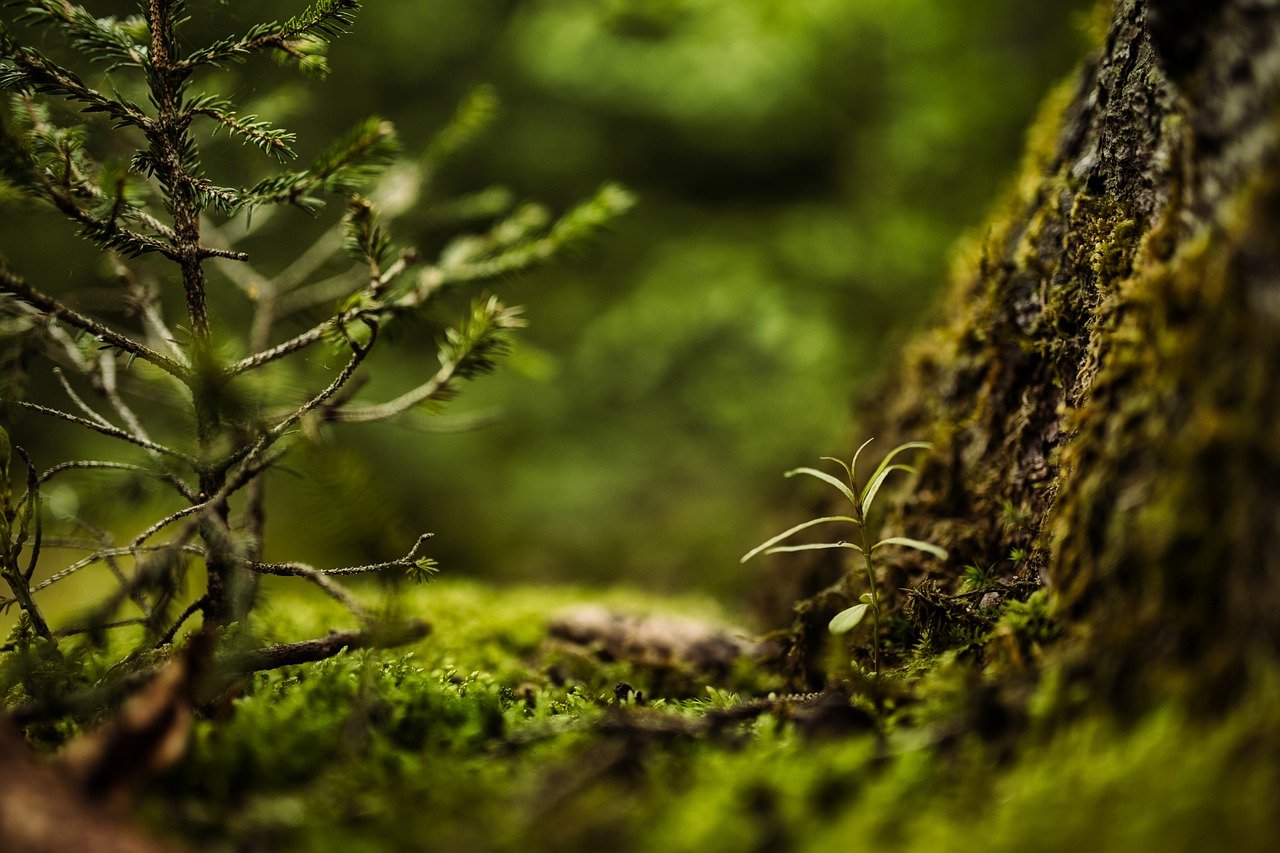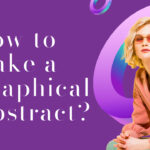Landscape Photography Tips
Take Your Nature Photography to New Heights!
Landscape photography is popular among both professional and amateur photographers.
There will be a wealth of natural landscapes full of beauty and drama that will change with the seasons. Follow these top landscape photography tips to avoid taking boring photos.
Create Depth
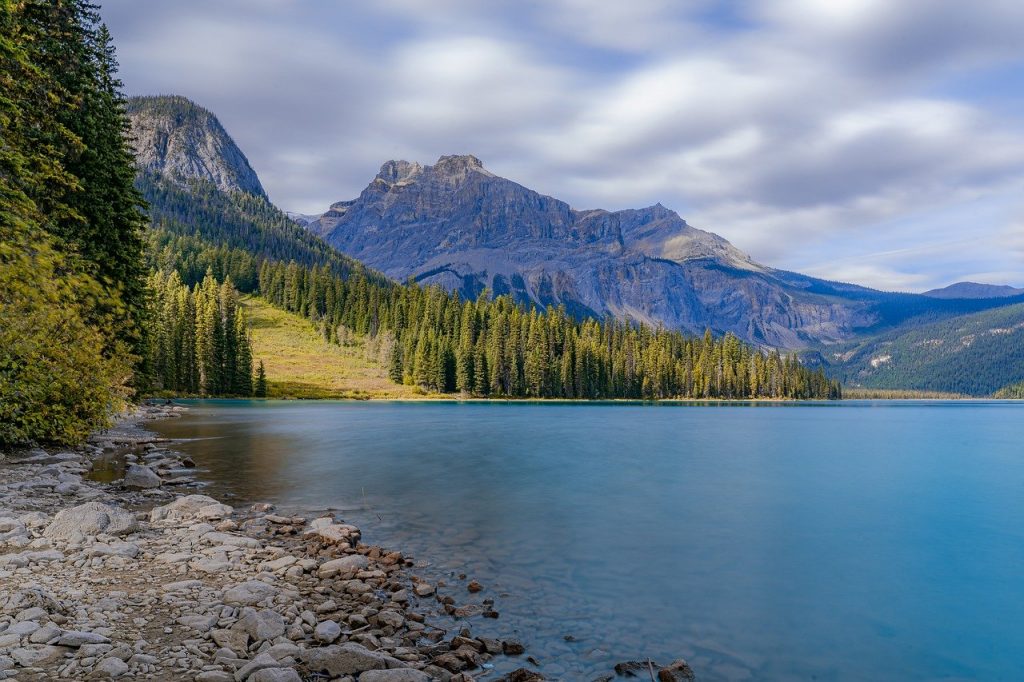
When photographing a landscape, try to create a sense of depth by keeping all of the image’s elements in focus.
To achieve this, use a small aperture, such as f/16-f/22, to keep objects in the foreground and background sharp. When using a small aperture, place your camera on a tripod (this will eliminate camera shake) because less light will enter the lens.
Use a Wide-Angle Lens
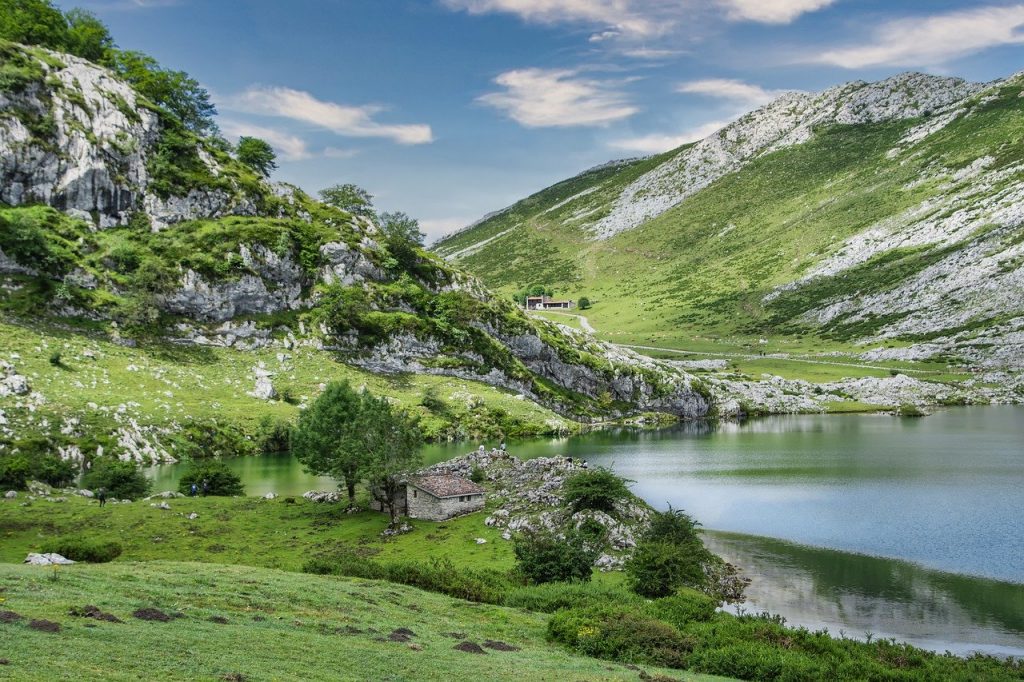
Wide-angle lenses are preferred for landscape photography because they provide a broader perspective and, as a result, a sense of wide-open space.
Because they allow more light, they also provide a greater depth of field and allow you to use faster shutter speeds. Taking an image at f/16 sharpens both the foreground and the background.
Remember to experiment with different photographic angles.
Use Photographic Filters
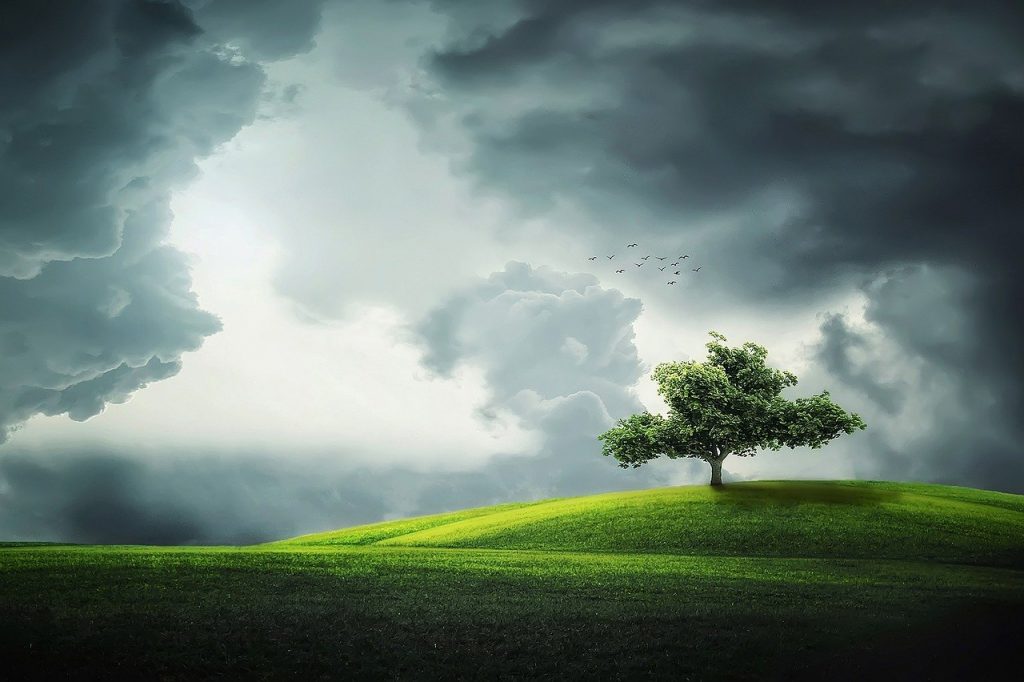
You can use two filters in your landscape photography to get the best results.
Polarizing filters darken the sky, bringing out the blues against the white of the clouds.
Neutral Density (ND) filters keep too much light out of the camera. This is useful on bright days when the camera cannot provide a slow shutter speed (you may want to capture the movement of the sky or water for example).
Capture Movement
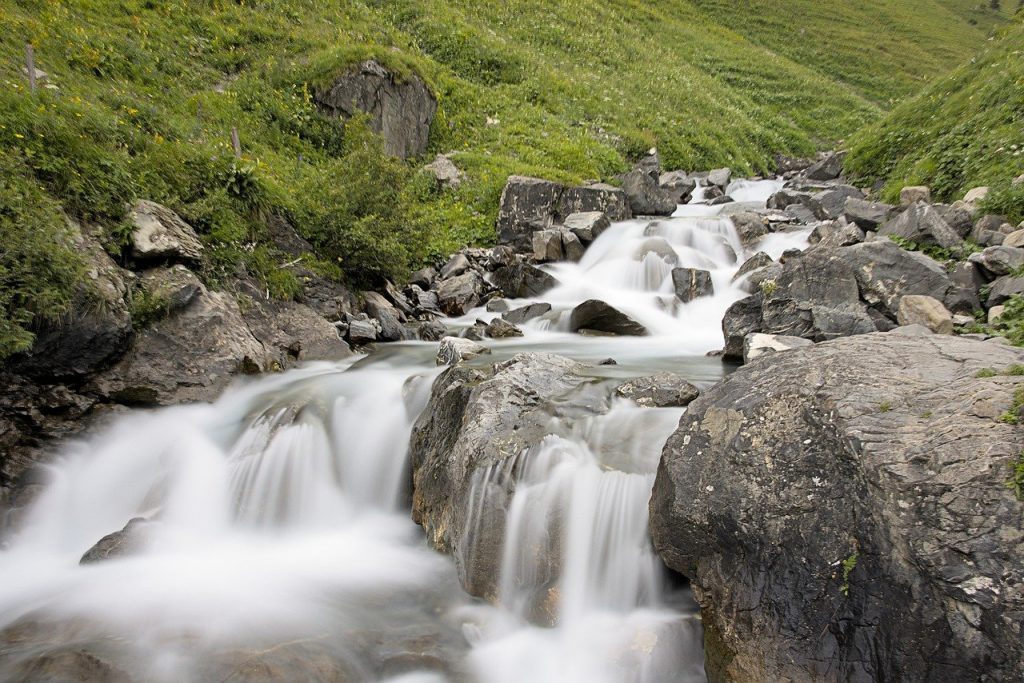
When working with moving water, a long exposure can produce a stunning white water effect.
One method is to use TV or S (Shutter-Priority) mode and set an exposure time of 2 seconds or longer. You can also use the AV (Aperture-Priority) mode and select a small aperture, such as f/32 (which generally requires more light).
When working in bright sunlight, you must use an ND filter to reduce the amount of light hitting the camera, allowing the camera to have a longer shutter time.
For this type of shot, you should always use a tripod to ensure that the rest of your image is sharp.
Use Water as a Mirror]
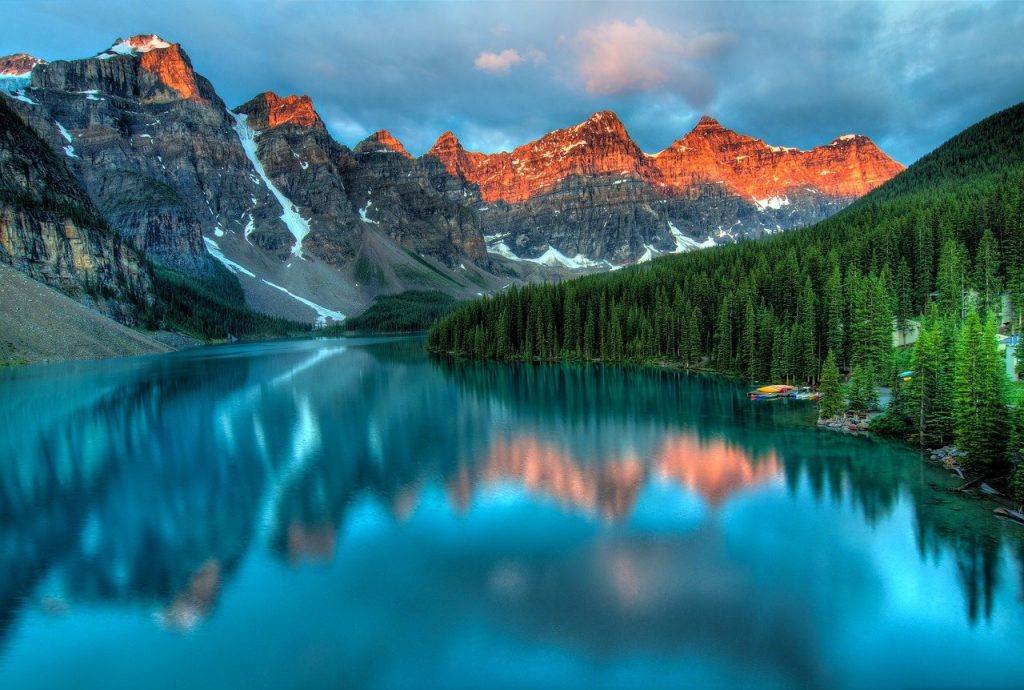
Water in low light can produce stunning effects and reflections.
The two “golden hours,” which are the first hour after sunrise and the last hour before sunset, are ideal for this type of shot. Set your camera on a tripod and select TV or S (Shutter-Priority) mode. Select a slow shutter speed and let the camera determine the appropriate aperture.
If you’re having trouble getting a sharp image, you can increase the ISO, though ISO 125 is a good starting point.
Take Account of People
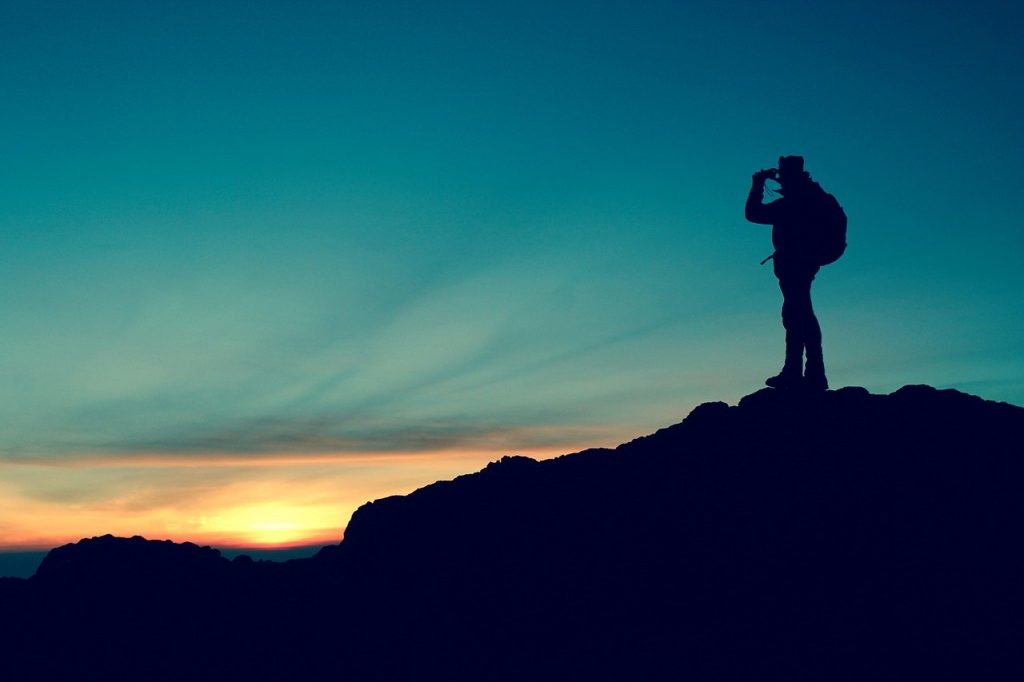
Why not include people in a landscape that isn’t just about nature?
A lovely landscape can be enhanced by a cute child or a lovely girl running or jumping through the flowers.
Remember the rule of thirds and position the person off-center to create interest.
If you want to freeze the action, use a fast shutter speed; if you want to capture movement, use a slower shutter speed.
Compose in Thirds
To apply the rule of thirds, imagine four lines, two horizontal and two vertical, forming nine even squares.
Some images look best with the focal point in the centre square, but placing the subject off center at one of the imaginary lines’ intersecting points often results in a more aesthetically composed photograph.
When the rule of thirds is used to compose a photograph, the viewer’s eyes will wander around the frame. A picture constructed according to the rule of thirds is usually more interesting and pleasing to the eye.
Settings Suggestions
During the day, you can use a smaller aperture of f/22 to capture a super sharp detailed image.
If you want to capture movement in the water, people, or birds, use a filter to reduce the amount of light entering the camera and experiment with shutter speed.
For water, choose at least 2 seconds, and for moving animals or people, start at 1/60.
For these types of landscape shots, you should always use a tripod.
Recommended Equipment
To avoid flaring in bright light, always use a lens hood.
You can also use a neutral density or polarising filter to reduce reflections and bring out the sky.
A tripod is essential if you want to take very sharp photographs and if you want to capture movement.
A beanbag is also useful to experiment with angles (such as shooting a landscape from the ground up).
The use of flash will help illuminate shadowy areas in close range.
Conclusion
Landscape photography is a popular genre among photographers, and it’s easy to see why: you get to spend time outside and interact with nature.
Patience is useful because you may need to wait for the right lighting conditions, and conditions may not cooperate at times.
Some landscape photographers will sit for hours in order to capture a single stunning shot for the entire day. That one magical shot is worth the wait.
You will develop skills and be able to capture striking photos of your own with patience and practice.
Note: If you want to make some adjustments to the photo just let me know. I can do it for you at a very low cost. You can hire me to edit your photo.
LATEST POST
- How to Make a Graphical Abstract?Elevate your research presentation with our guide to crafting compelling graphical abstracts. Discover essential tips on visuals, clarity, and effective design.
- Best AI tools for Facebook AdsIf you’re seeking to improve your Facebook advertising strategies, Birch or Revealbot, AdEspresso by Hootsuite, and Zalster are exceptional AI tools that enhance efficiency and maximize ad performance.
- Photo Editing MistakesExcessive editing, Oversaturating colors, Blurred images, Too much HDR and Overdoing filters and effects are some of the top photo editing mistakes to avoid for crafting stunning pictures.
- Best AI tools for lead generationExplore Customers.ai, Instantly, Seamless.AI, and LeadIQ are some of the best AI tools for lead generation as they provide you with client’s details for closing deals. Uncover its key features, affordable pricing, and customer reviews.
- Benefits of Digital Business CardsWhat is a digital business card? Discover the benefits of digital business cards and how to create digital business cards suitable to your professional image and networking efforts.


